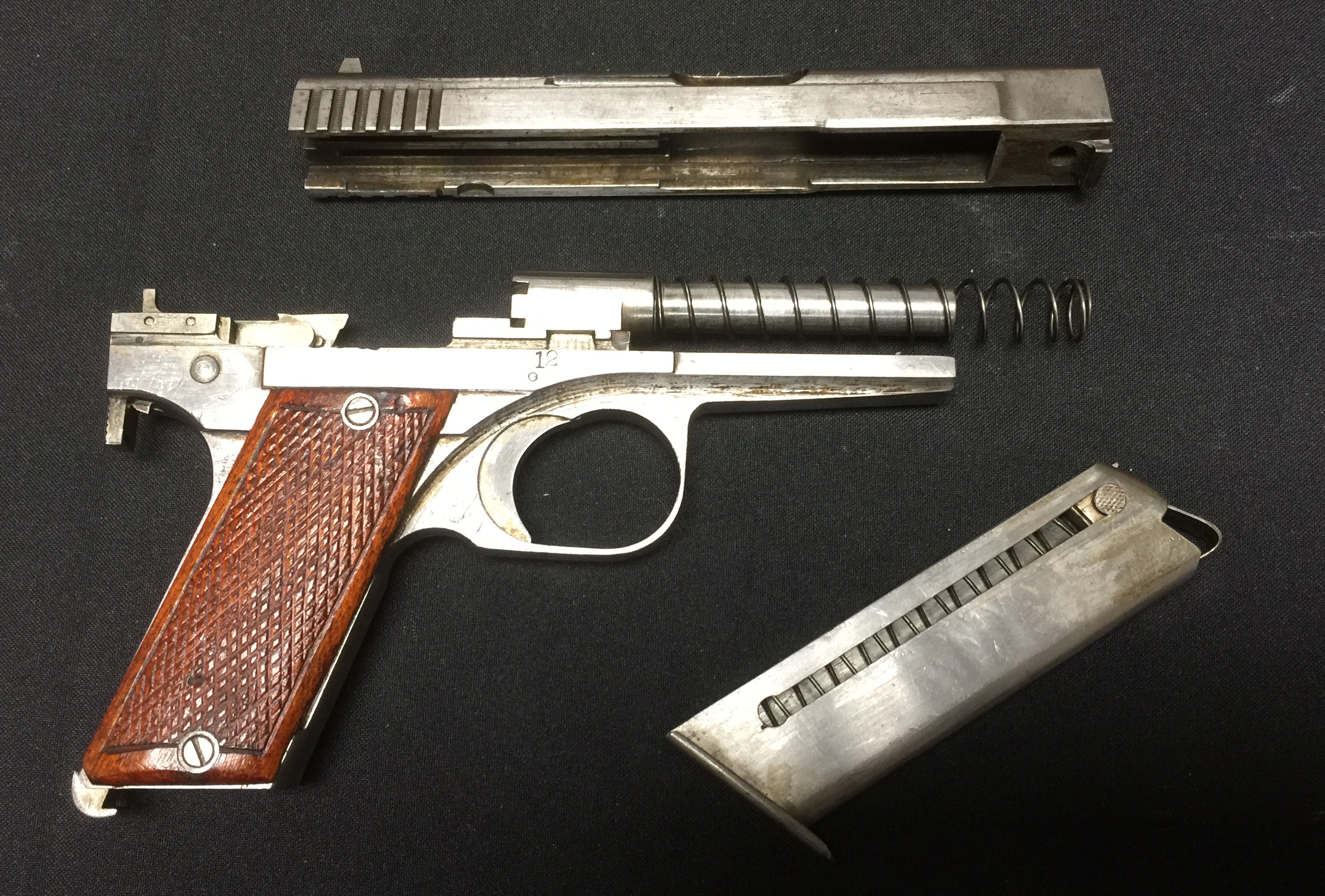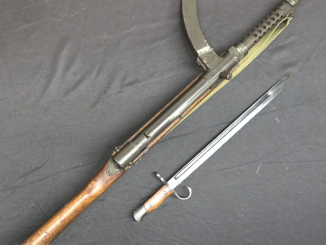Order your copy today!:
https://www.headstamppublishing.com/swords
Swords of the Emperor: A Guide to the Identification of Imperial Japanese Swords, 1873–1945 is a comprehensive reference work examining a little-studied period in the Japanese swordmaking tradition.
Japan is internationally renowned for its traditional swords, but comparatively little has been written about the swords of the Imperial period, which include both traditional, hand-made examples and modern, machine-made types. After Japan was ‘opened’ to the West in the 19th century, a period of rapid modernization saw the adoption of European-style military arms, uniforms, and accoutrements. This was also reflected in changes to military swords, which closely echoed Western designs—albeit with a Japanese twist—until a period of resurgent nationalism in the 1930s that continued through the Second World War. Swords of the Emperor follows the evolution of Japanese military, police, diplomatic, and court swords throughout this fascinating, complex period.
Content
Over nearly 600 pages, Swords of the Emperor illustrates more than 220 swords by way of more than 2,000 original photographs, supplemented by archival material and original illustrations. In addition to those swords prescribed by uniform regulations for the armed services and civil service corps, the book also examines little-known examples, such as the 1873 Japanese Marine sword and the Gensuitō (Marshal’s sword) gifted to King George V in 1918. While the book is primarily intended as an identification and reference guide for collectors, curators, and researchers, enthusiasts will find much to enjoy in this beautiful, lavishly illustrated volume.
Author
John E. Plimpton is a prominent Japanese sword collector and retired antiques dealer. His Japanese sword collection is believed to have been the second-largest of its kind in the United States—until recently, John owned one of nearly every known type of Japanese sword officially issued from 1873 to 1945. A graduate of the University of Southern California, he served in the U.S. Navy for three years during the Vietnam War. Subsequently, John worked at the Petersen Automotive Museum and at the Martin B. Retting, Brass Rail, and Collector’s Armoury gun stores. John has been a member of the Nihon Bijutsu Tōken Hozon Kyōkai (NBTHK), Nanka Tōken Kai – Southern California Japanese Sword Society, the To-Ken Society of Great Britain, and The Japanese Sword Society of the United States (JSSUS). One of John’s hobbies is flying in Second World War fighter and bomber aircraft.




Boom, ordered. So far all of your books have been awesome, and I expect this one will be awesome as well.
An interesting subject. It occurred to me after a bit that perhaps an appendix or extra with dimensional drawings of each might some day be a valuable addition if you feel the demand is there.
Rats! I was immediately perked up to find out what firemen needed swords for. I’m not sure I can afford $130 to find out…alas.
It would help them get the edge on fighting the fire.
For what it’s worth, you should NOT take a trophy Showa-to (Showa era mass-produced officer’s sword) back to Japan, lest the authorities confiscate it as contraband and then scrap it. Oh, and you’ll be charged the bills for the scrapping. I could be wrong.
Am I the only person who saw “Emperor” and thought “Napoleon”?
maybe something for channels as scholagladiatoria or what was it? skallagrim.
I haven’t read this book, but I came here to read reviews about it. I want to read it soon. I’m a bit busy right now writing an article about school uniforms using https://sampleon.com/free-essays/school-uniforms/ for that. I rarely have time to read, so I plan ahead for this step. I wanted to somehow change it, but so far it is difficult for me.